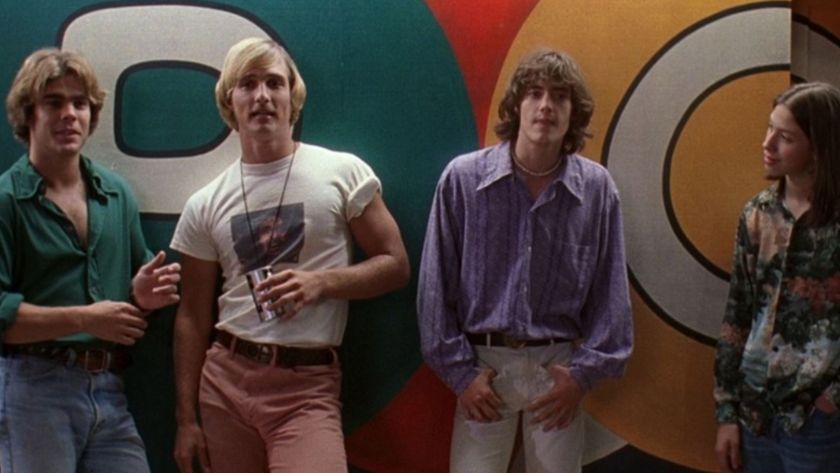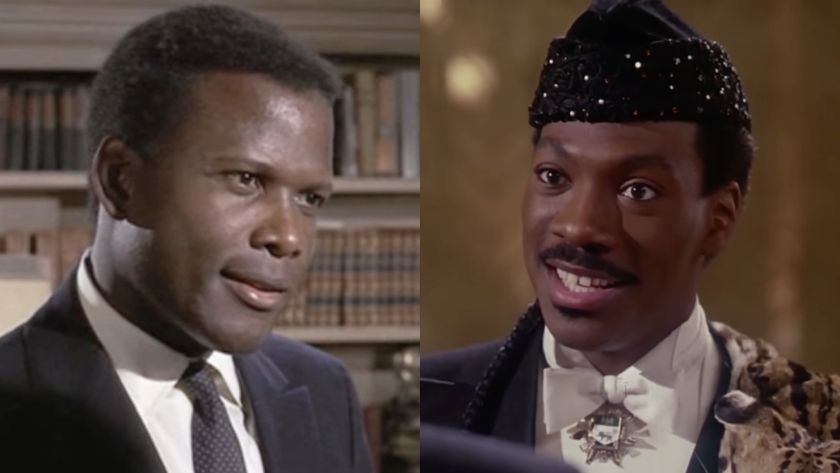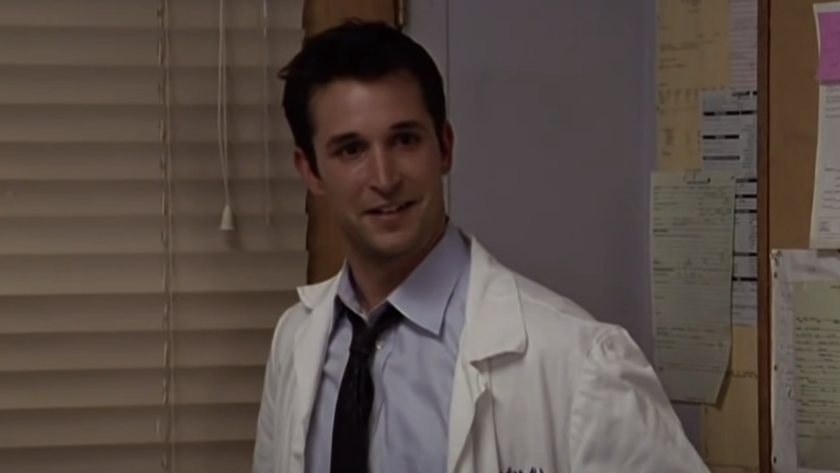The Do's And Don'ts Of Creating A Movie Theater Experience In Your Home
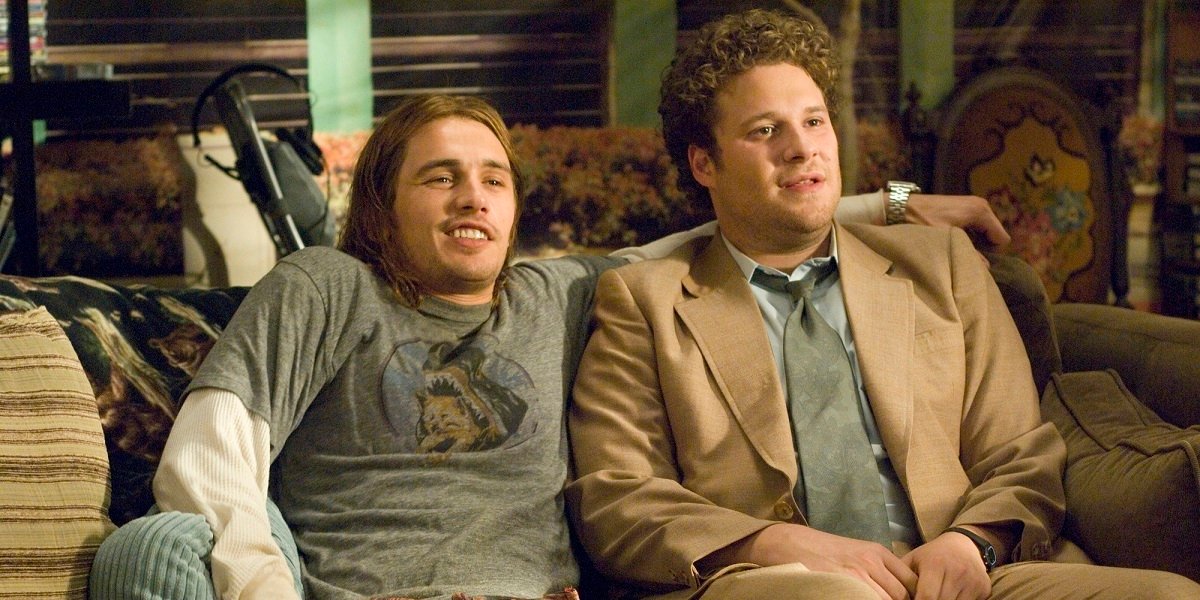
CinemaBlend participates in affiliate programs with various companies. We may earn a commission when you click on or make purchases via links.
Movie theaters around the nation are closed, and if current projections on the coronavirus pandemic stay on track, they could remain closed for quite a while. Luckily, studios have stepped up and made several movies that were still in theaters available to watch on-demand during this unprecedented time. As we all know, this means audiences can still enjoy the latest movies while staying safe at home and out of harm's way.
With that said, there is quite a bit lost in taking a film from the local movie theater to the living room. The following should help lessen that gap for those struggling to cope at home, and can be done without dropping a ton of money on any type of home theater experience. Just make sure when watching that movie to follow some of these simple tips to get that old theater feeling from the comfort of home.

Picture Quality
Do: Take some time searching the web to find the best picture quality for your television when watching movies. A simple Google search will yield some extensive guides for optimizing the picture for your specific television model, and now that many around the world are quarantined, that's something we have time to do. Plus, this is a small quality of life improvement that will continue to pay out over the life of your television, so take some time to do that before streaming Harley Quinn: Birds Of Prey. For those hoping for more lazy instructions, the Cinema mode should be generally a good substitute in most situations.
Don't: There are settings on most televisions set for gaming and/or "vivid" colors. Don't use them. Gaming is typically used to prevent the drop of frame rates for games, and vivid is a setting used by stores to draw you in to be amazed at the wonderful colors the television boasts. While bright, these won't result in the colors the movie intended you to see, and can even cause some details in a picture to lose clarity. For those looking for the most accurate cinema look, these are settings to generally avoid.

Lighting
Do: Try to keep the lights as low as possible, but not completely off. The low setting on a floor lamp or something equivalent is great, or maybe even a light in a room that can be seen from your viewing area. Most movie theaters are not completely dark even during the screening, and there re many reasons for that. It helps preventing people from falling asleep and is of great help when someone needs to get up for any reason.
Don't: If the option is between leaving the lights on or off, it may be the better play to leave the lights on. Switching the lights off, especially at night, may cause drowsiness. Not to mention there's going to be some potential headache-inducing eye-strain from staring at a bright television in an otherwise pitch-black room. It sounds like advice contrary to every at-home movie experience I've had throughout my life, but from 2020 onward, we should be watching with low lighting as opposed to no lighting.
CINEMABLEND NEWSLETTER
Your Daily Blend of Entertainment News
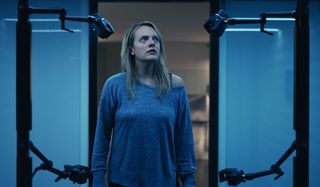
Sound
Do: If it's possible to use any type of external device to amplify the sound on a flat screen TV, do it. The sound quality of most flat screen televisions are notoriously not great, and even a basic external speaker or sound bar will have a noticeable impact on the overall sound quality of whatever being watched. If that's not possible, then just try to pick a time where other sound won't be an issue, likely at night and with other nearby appliances switched off. Take that latter tip from someone who tried to watch The Invisible Man with their dishwasher loudly running in the next room.
Don't: This may sound like heresy to any audiophile, but don't sweat the sound stuff too much. Most people who are passionate about audio quality likely already have their preferred setups, and the rest have been getting by with what they've been using so far without problem. As long as the movie can be heard, that's really all that matters. That said, make sure to watch the movie at a time where getting some quiet is a reasonable request.

Snacks
Do: Remember that favorite theater snack? Well, it's likely still available at the grocery store, and at a much lower price than what a movie theater typically charges. As for the popcorn, the secret to getting that true movie theater taste is obtaining some good old fashioned Flavacol. By several accounts, this is the secret ingredient in most theater popcorn that won't be found in whatever at-home batch is made.
Don't: This may be a hot take considering the surge of theaters offering more complex eating options, but it's best to keep the snacking simple during movie time. Too much knife and fork action can distract from the movie experience. Remember, this isn't the typical $2 to $3 online rental. Eat larger meals before the feature presentation, but don't feel like busting out frozen snack foods or anything else is necessarily a bad idea.

Timing
Do: The best time to watch a movie, especially one you paid a pretty penny for, is at a time you're relatively certain you won't be interrupted. For many, this is during the evening when work is done, the kids may be in bed and parents are done checking in. Of course, even the most optimal times can be interrupted, but planning a time where interruptions will be minimized will often result in a much more enjoyable movie experience.
Don't: These new movies arriving aren't cheap, and while they are able to be paused and revisited, the true theater experience is straight ahead guns blazing. The goal is escapism and to feel engrossed, and pausing a movie for an hour to take a call, do chores or break up two warring siblings is going to pull any viewer out of that. As a society, I feel escapism is needed more now that ever, and achieving that in however short a burst can be a great help in these tough times.
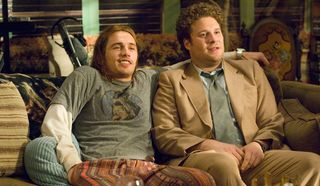
Theater Etiquette
Do: Watching from home means the rules of theaters don't apply, but really, some rules should be followed. I realized all it took to keep me off my phone during a movie at home was paying $19.99, but maybe that's the frugal dad I've become. Also, spouses who ask questions during a movie, please, there's a very low chance anyone in the room has seen these first-run movies before you. Hold all questions until the end, or for social media afterwards.
Don't: Ultimately, the biggest don't is not to be that guy who tries to police the movie rules. Everyone just wants to enjoy a movie, and provided no one is being an enormous distraction, it's easier to let people live and get back to the movie. Nothing can ruin a movie more than real-life drama, so take that into consideration before speaking up about what someone else is doing.
Got any other cost-effective tips for recreating a movie theater experience during this time? Hop into the comments for more tips, and continue to stick with CinemaBlend for the latest news happening in movies and television.

Mick Joest is a Content Producer for CinemaBlend with his hand in an eclectic mix of television goodness. Star Trek is his main jam, but he also regularly reports on happenings in the world of Star Trek, WWE, Doctor Who, 90 Day Fiancé, Quantum Leap, and Big Brother. He graduated from the University of Southern Indiana with a degree in Journalism and a minor in Radio and Television. He's great at hosting panels and appearing on podcasts if given the chance as well.



